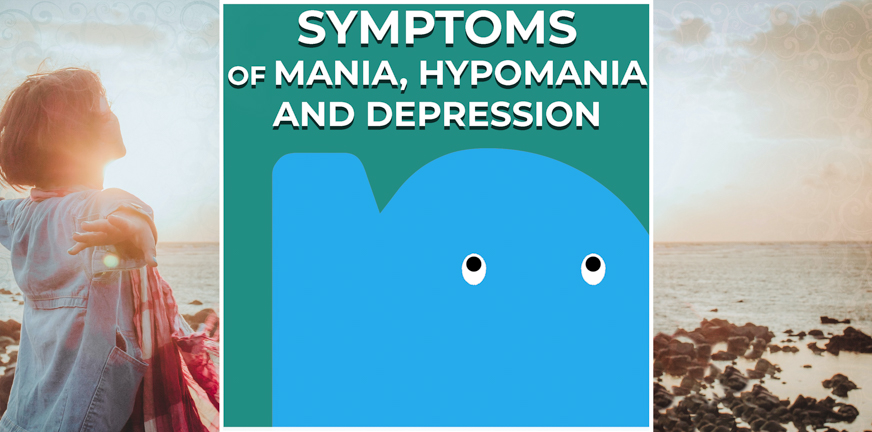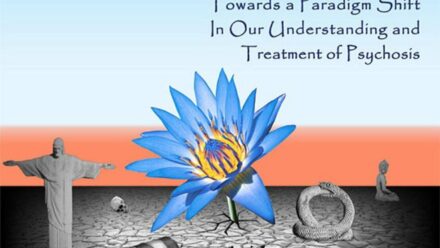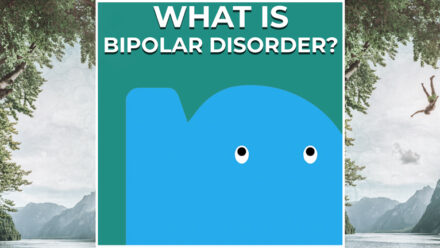
Because bipolar mood disorders come in varying degrees, they are often called the bipolar spectrum. The degree to which someone experiences mania, hypomania and depression is different per person and even per episode.
Mania
A manic episode is characterised by an ongoing euphoric or irritable (dysphoric) mood. Other symptoms are: an excessive sense of self-worth or grandiosity, less need for sleep, being more talkative, more easily distracted, increased activity and/or psychomotor agitation (not being able to sit still). Some also feel a desire for thrill-seeking behaviour with a risk of getting hurt. It often leads to clear difficulties in someone’s social, professional and relational functioning, due in part to poor judgement and insight. There could also be signs of psychosis, such as grandiose delusions.
Most people are not aware of their ‘illness’ during their mania. They are rather convinced they are doing extraordinarily great. And anybody who tries to say otherwise is often met with feelings of annoyance and sometimes even hostility. This can lead to confrontations and sometimes get manic people in serious trouble with their social circle.
Hypomania
When manic symptoms are less serious, but still clearly different from someone’s normal behaviour, this is called a hypomanic episode. Hypomania never includes signs of psychosis, nor the (social) confrontations and problems that mania often causes. Hypomanic episodes are often experienced as pleasant. Also, they are not recognised as strange or unusual by the people around you. Unlike depressive symptoms in that same individual.
The main characteristics of mania and hypomania
- Extremely upbeat mood
- Being excessively cheerful
- Being irritable and quick to anger
- Being excited
- Not being able to sit still
- Arguing
- Less need for sleep, being wide awake at night
- Talking, calling, texting a lot
- Thoughts racing in every direction
- Doing a lot, making lots of plans, not being able to stop
- Feeling like you can take on the world
- Increased sex drive, sexual disinhibition
- Impulsive behaviour without thinking about negative consequences, such as speeding or spending lots of money
- Signs of psychosis, delusions or hallucinations
Depressions
A depressive episode for someone with bipolar disorder is no different from a ‘regular depression’. It brings about ongoing negative feelings and no interest in doing anything. Along with the other symptoms such as decreased or increased appetite and body weight. Sleep disorders (insomnia or hypersomnia), fatigue and feeling drained of energy. Difficulties with concentrating and making decisions. Feelings of worthlessness and guilt. Or being preoccupied with thoughts about death and suicide, or even suicide attempts. Serious cases of depression can also come with signs of psychosis.
The main characteristics of depression
- Feeling down
- Irritability
- Being very tired or exhausted
- Apathy, you don’t feel like doing anything
- Little to no self-worth
- Reduced interest in work or hobbies
- Not wanting to be in touch with others, cancelling appointments
- Having nothing to say
- Not feeling emotions
- Thinking about death
- Not sleeping well, or instead sleeping a lot, waking up early
- Eating a lot, or much less.
- Low sex drive
Mixed episode
Signs of mania and depression can also occur at the same time, or in rapid succession. This is called a mixed episode. A ‘dysphoric mania’ (feeling sad and having no self-control) is hard to distinguish from ‘agitated depression’ (being restless and apathetic). Increased activity and not being able to stop your train of thought often indicate an underlying mania.




